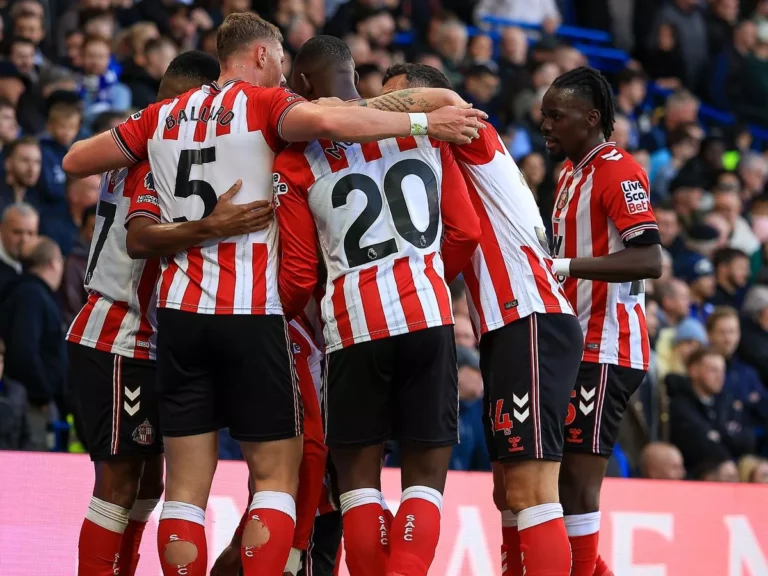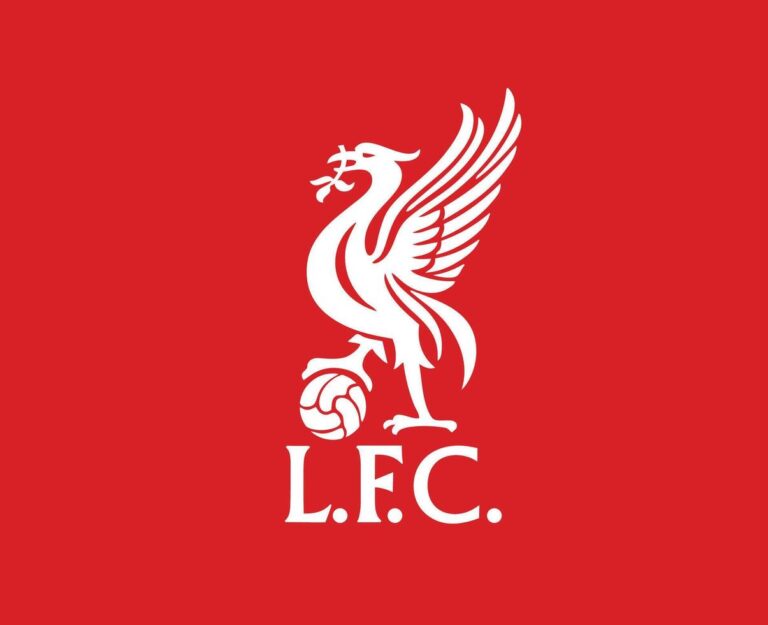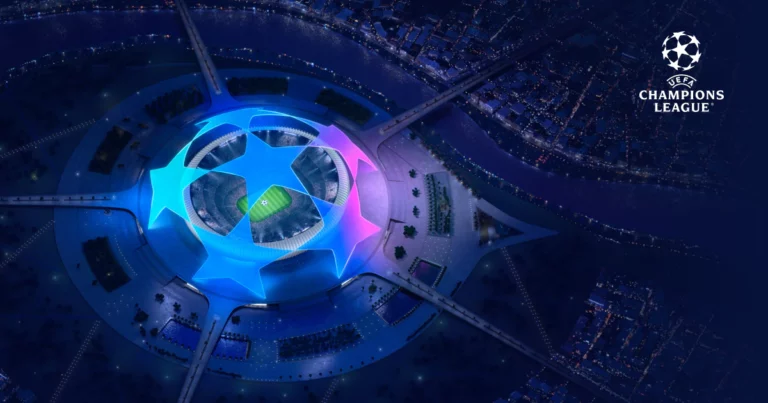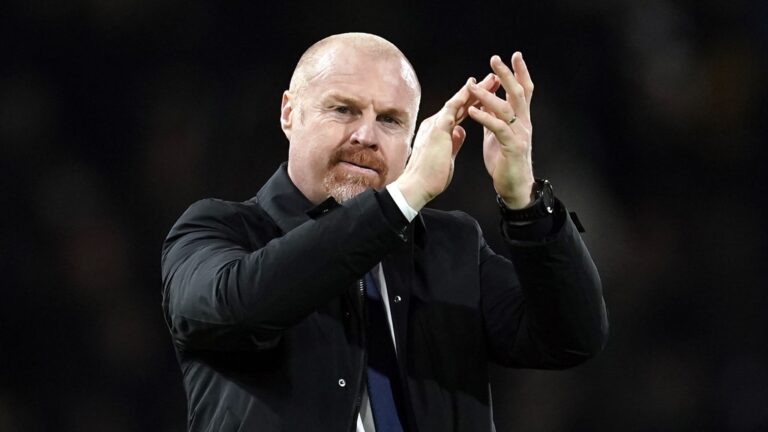Tactical Analysis of Amorim the 3-4-3 Formation
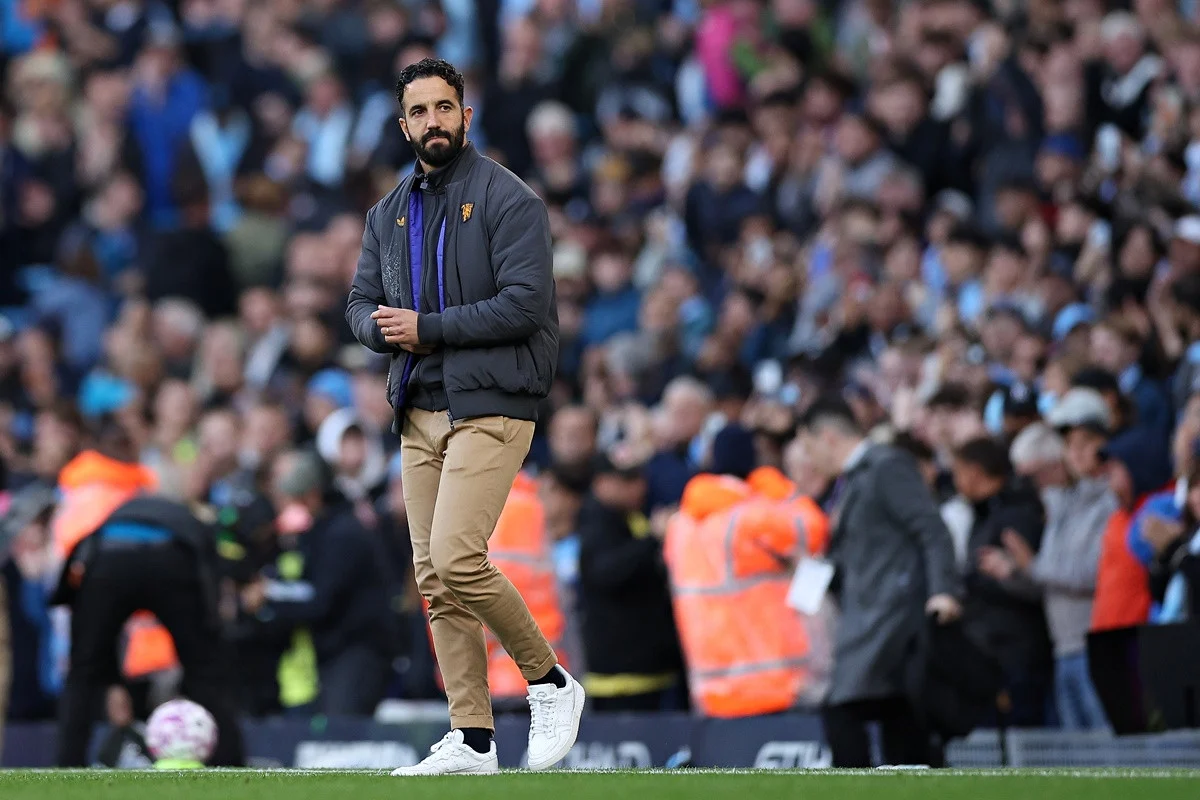
Over the past few months, Manchester United’s poor performances have led many to call for a switch to a 4-3-3 system. However, Amorim’s decision to stick with his 3-4-3 formation isn’t just the right choice for United—it also gives them control in possession and improves their tactical structure.
In recent weeks, Amorim has been questioned repeatedly about his preferred system. His answer has been consistent: the formation is not the problem. And he’s absolutely right.
Critics argue that the 3-4-3 hurts United because it uses only three defenders, four midfielders, and three attackers. But in reality, this setup perfectly fits the squad’s strengths—and covers for its weaknesses.
Why is the 3-4-3 system perfect for Manchester United?
Let’s start with the goalkeeper. Onana never truly fit Amorim’s style of play, so United brought in Lammas, a goalkeeper specifically chosen for this system.
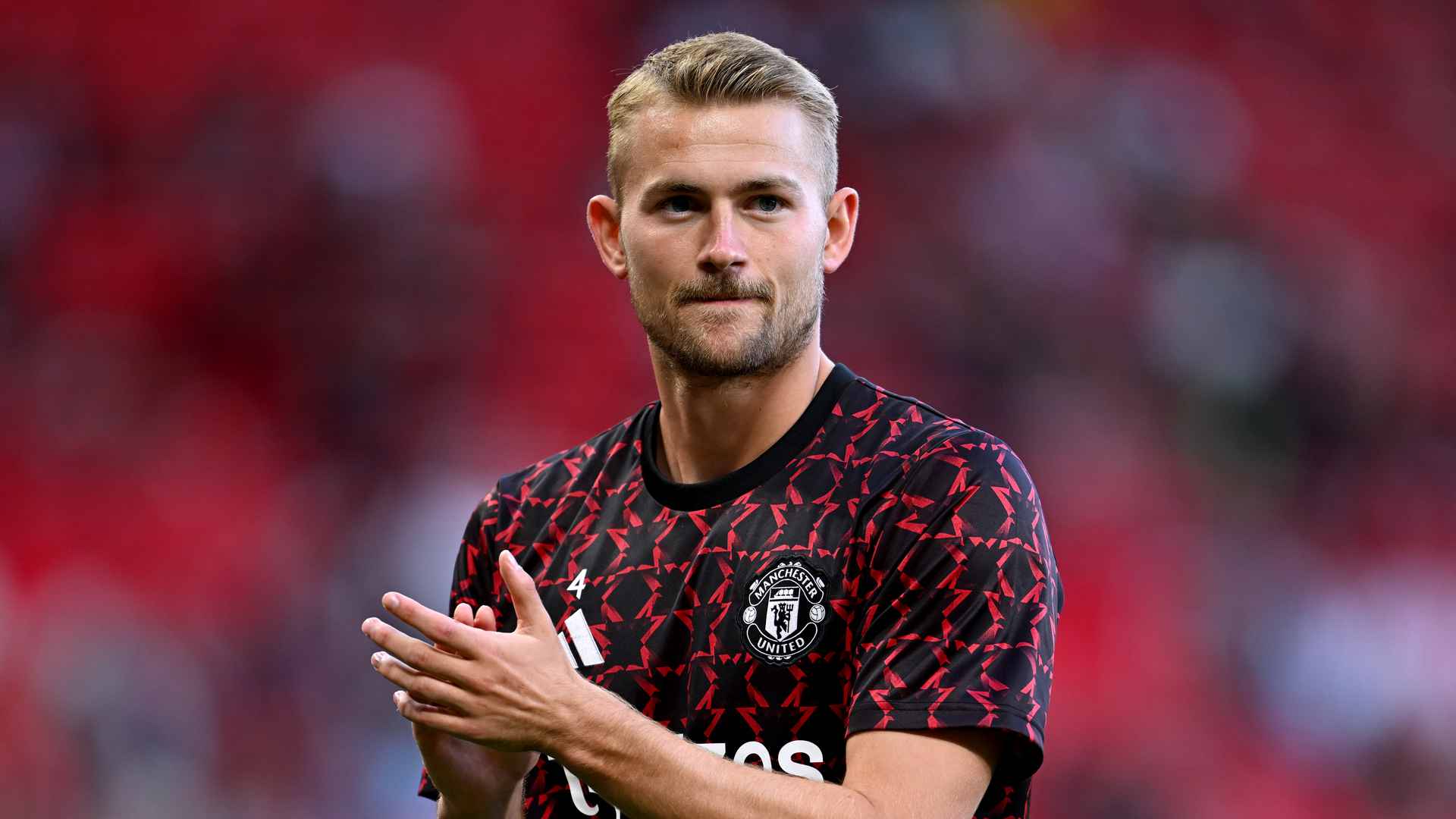
Looking at United’s defenders, the limitations are clear. De Ligt, who struggled at Bayern, is once again struggling at Old Trafford. Luke Shaw has not played consistently at a high level for years. Heaven, while talented, is still too young to be relied on every week. Harry Maguire has the desire to play for United, but his technical limitations remain. However, Mazraoui and Dalot are well-suited to Amorim’s style and play important roles in this formation. With passing, both defending and attacking.
There’s also Leny Yoro, a very promising player who will improve, but can’t do everything and can’t make miracles.
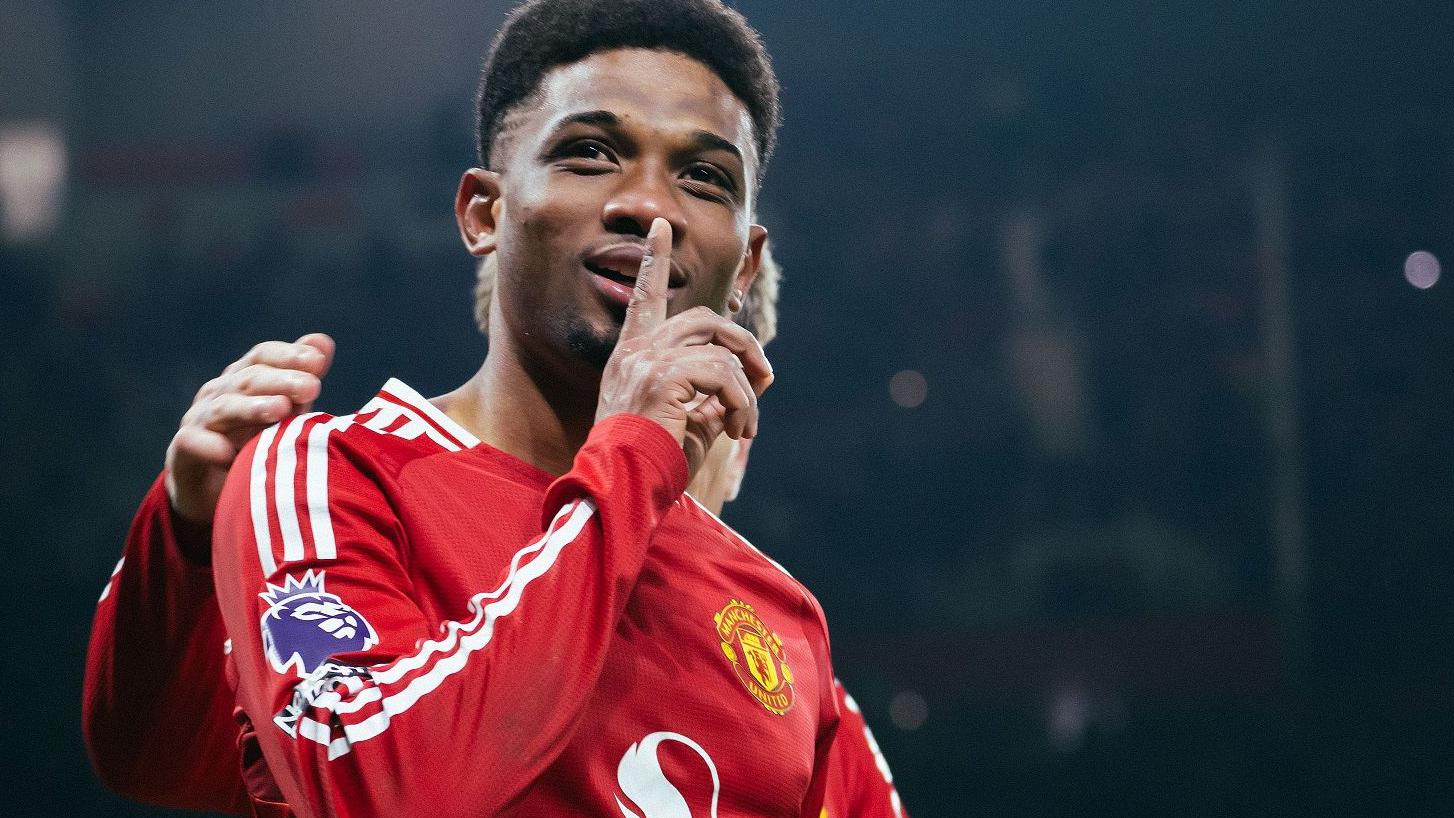
When Amorim first arrived, United’s defense was slow, prone to errors, and constantly losing the ball in dangerous areas. His solution was to design a system that could move the ball more effectively from defense to attack, giving Højlund and Diallo service higher up the pitch. If he had played a 4-4-2 or 4-3-3 with these defenders, the team would have been exposed to mistakes, poor decision-making, and misplaced passes. Simply put, it would have been painful to watch—and Amorim would likely already have been sacked.
The 3-4-3 changes that. With Dalot and Mazraoui, United can play out from the back, stretch the pitch, and create space for Diallo and an attacker.
The wing-backs are crucial, providing both defensive stability and attacking width, pushing the game into the opponent’s half. In midfield, the partnership of Bruno Fernandes and Ugarte gives United balance. Fernandes thrives because Dalot and Masraoui’s support allows him to take risks with his passing, while Ugarte brings defensive protection. This reduces the number of one-on-one situations and individual mistakes that used to cost United.
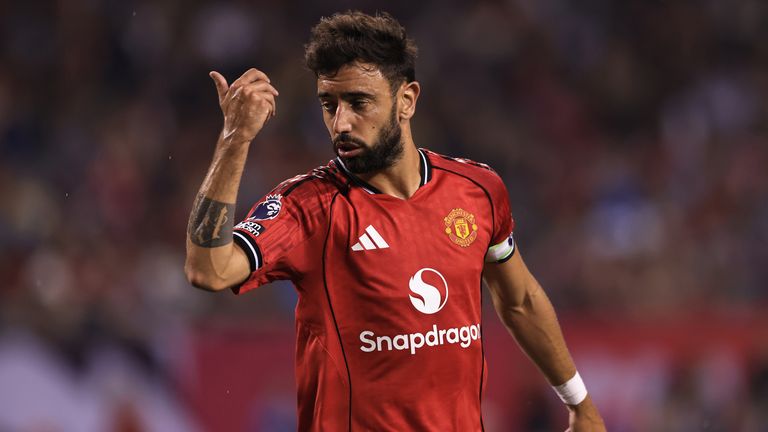
By contrast, if United lined up in a 4-3-3, the defense would likely feature Shaw, Heaven, and De Ligt. That back line would not provide stability.
In the 3-4-3, however, Dalot and Masraoui cover defensively while progressing the ball forward, freeing Bruno Fernandes to be creative and ensuring United always have an extra option on the right wing.
In short: Amorim’s 3-4-3 isn’t the issue—it’s the solution.
